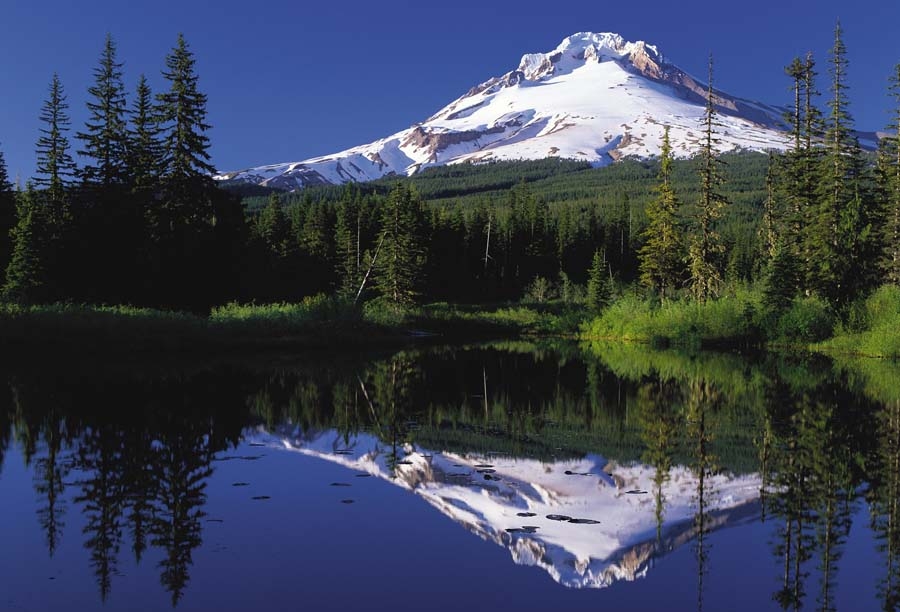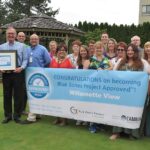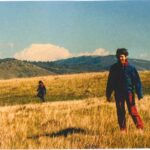My passion for Oregon and its incredible natural places began when I was a kid.
My dad took me up Mt. Thielsen when I was 6 years old, South Sister at 7, and Broken Top at 8. I was hooked. The butterflies in my stomach as we scaled the final pitches and the burn in my legs after a day of hiking were always worth the view from the top.
Oregon’s mountains are some of my favorite places to explore and have always inspired me. I can distinctly remember as a young boy looking up at Mt. Washington and its impossibly razor-sharp summit, and wondering how to and who could ever reach the top. My dad would always say, “Climbing a mountain is a lot like life: Step by step you can accomplish great things.”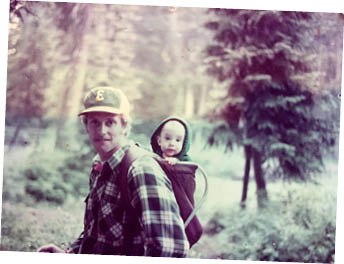
But accomplishing great things also comes with substantial risks, as the mountains have also reminded me. During a climb of Mt. Hood, my crampon detached from my left hiking boot. The timing was inconvenient as I was descending near the summit in a steep ice chute. After 20 terrifying minutes on a ledge with severe vertical exposure and no rope, I was finally able to secure my crampon and climb down safely.
It was a less-than-subtle reminder of our vulnerability in such an awesome, unpredictable, beautiful and dangerous place. While I do not need to be on the top of Mt. Hood without a crampon ever again, exploring Oregon’s natural treasures — hiking through its lush forests, rafting down its wild rivers, and swimming and fishing in ice-cold lakes — is what I love most about this state and one of the reasons I plan on living here the rest of my life. It’s the legacy I hope to share with my kids and grandkids one day.
My experiences and adventures in Oregon as a kid also shaped my professional trajectory. I knew that I wanted a job where I could spend time outside or, if I was going to be inside at a desk, working on projects related to the outdoors. After college at the University of Oregon, I completed a graduate program in environmental policy in London. I was fortunate to land a policy job for an Oregon congressman in Washington, D.C., where I worked as an advisor on the issues I cared most about: natural resources.
Fresh out of college and graduate school, and full of idealism and passion for Oregon’s natural beauty, I was convinced that policies that “protected” our public lands were the best way to “conserve” our natural resources for future generations. The idea of writing federal legislation to expand wilderness areas, to designate new national monuments, and to protect our air and water was immensely appealing to me.
However, what I learned and observed over eight years of service in Washington, D.C., completely changed my mind. After hundreds of meetings with federal agency and land-management staff, conversations with special-interest groups representing the full spectrum of politics and priorities, and dozens of tours to some of America’s most iconic natural places, I began to seriously question our approach to public land management — especially our forests.
A game-changing moment for me was during a U.S. Forest Service field trip to the top of Hoodoo Ski Area to view the damage of the B&B fire. Ten years after this massive fire decimated 90,000 acres of public forests, the landscape was still covered with blackened trees, dead lodgepole and ponderosa pine, and rotted Douglas fir.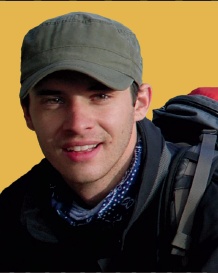
Before I left Oregon for graduate school and a job in Washington, D.C., this had been one of my favorite places in the state. As a kid, my family often drove from Eugene to the Sisters along the McKenzie Highway. I would roll down the window and look out at what seemed like endless blankets of green forests with massive tree trunks. Today that healthy forest is gone, wiped out by a wildfire that turned our green forests into shades of brown, black and gray. Unfortunately, unless we change our current approach to public land management, that will be the view and experience my kids will have for most of their lives.
I recently moved back to Oregon, the place I love and that inspired my professional involvement in natural resources, to help solve this challenge. I am focused on bringing responsible, proactive management back to Oregon’s public lands to help restore ecological balance and improve resiliency, to better meet current environmental threats like climate change, drought, bug infestations and forest disease.
Like climbing a mountain, step by step we can accomplish great things. For me that means restoring forest health, supporting local businesses and economies, and hoping my kids feel the same joy, awe and inspiration I did when they are standing on top of Mt. Thielsen overlooking Oregon’s natural bounty.
Travis Joseph is president and CEO of the American Forest Resource Council.


